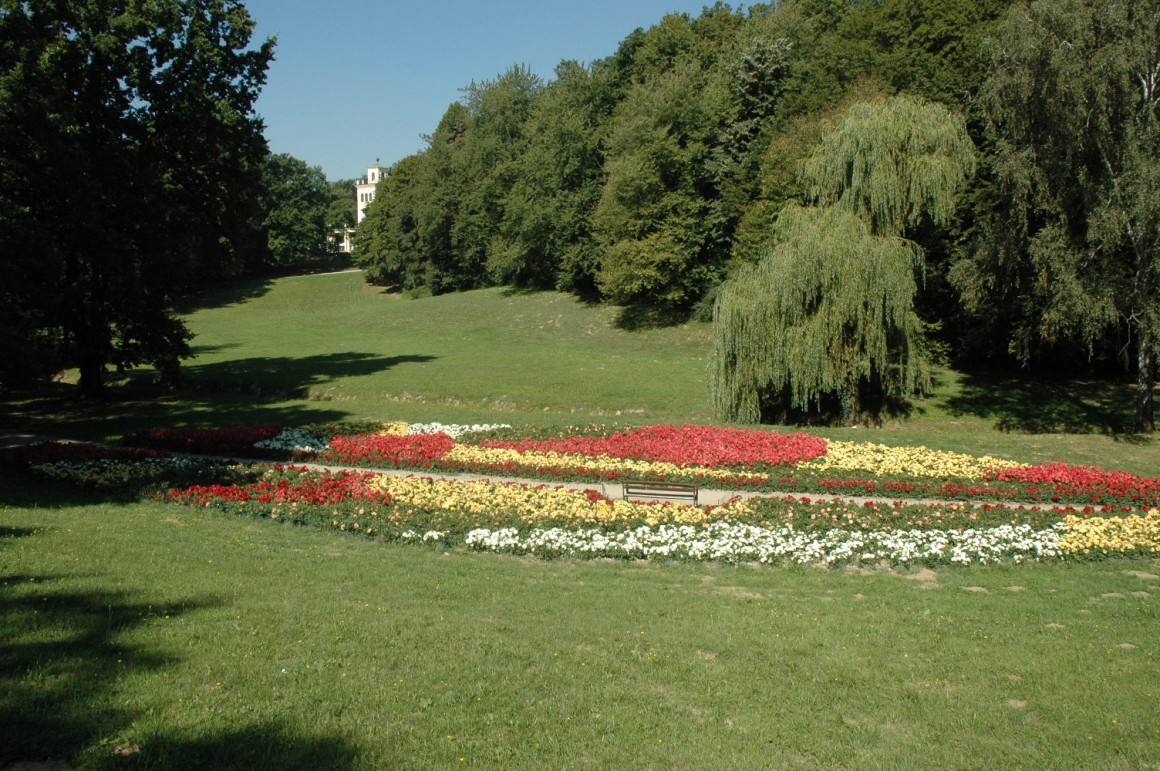Thank you for one of the best hotel experience ever. The rooms were extraordinary, the staff was great, and every moment was beautiful. And Zagreb... magical! All the best!
Source: Esplanade Zagreb Hotel

Maksimir is the biggest and most beautiful park in Zagreb. It holds a special significance for the citizens of Zagreb. In the past, they strolled around in crinolines, sporting the mandatory parasol. Today, they come in tracksuits and trainers. Both the fashions and generations change, but Maksimir has remained Zagreb’s most extensive area for public recreation.
When it was opened, it was the first public promenade in the region of south-east Europe as a whole. Thanks to its skilful combination of a park, forest and English-style gardens, it soon became the most popular destination to head for in town.
The city as we know it today was much more marginalised before 1892. Then the introduction of horse-drawn trams changed Zagreb almost overnight by reducing distances and bringing neighbourhoods together. From that moment on, the number of visitors to Maksimir Park began to spiral upwards.
Decades passed and the park kept on adding new features. The zoological gardens were opened in 1925. Wildlife was not only confined to cages. Even today, it is still a particular pleasure to walk along one of the five lakes and watch the swans and little row boats gliding nearby. At the time when winters were harsher and sports halls were still a thing of the future, the lakes served as Zagreb’s main skating rink. The park’s pavilions, gazebos and sculptures still contribute to its romantic atmosphere. There’s even a mock Swiss chalet and a belvedere with a café, crowded at weekends but ideal to visit during a quiet weekday.
Today Maksimir park is protected as a monument of landscape architecture and cultural and historical monument and a symbol of the City of Zagreb, its value as a monument of landscape architecture and protected cultural property is exceptional and worthy of attention. Maksimir Park is to Zagreb as the Bois de Boulogne to Paris, Tiergarten to Berlin or Regents Park to London.
Photos: Archives of Public institution "Maksimir"